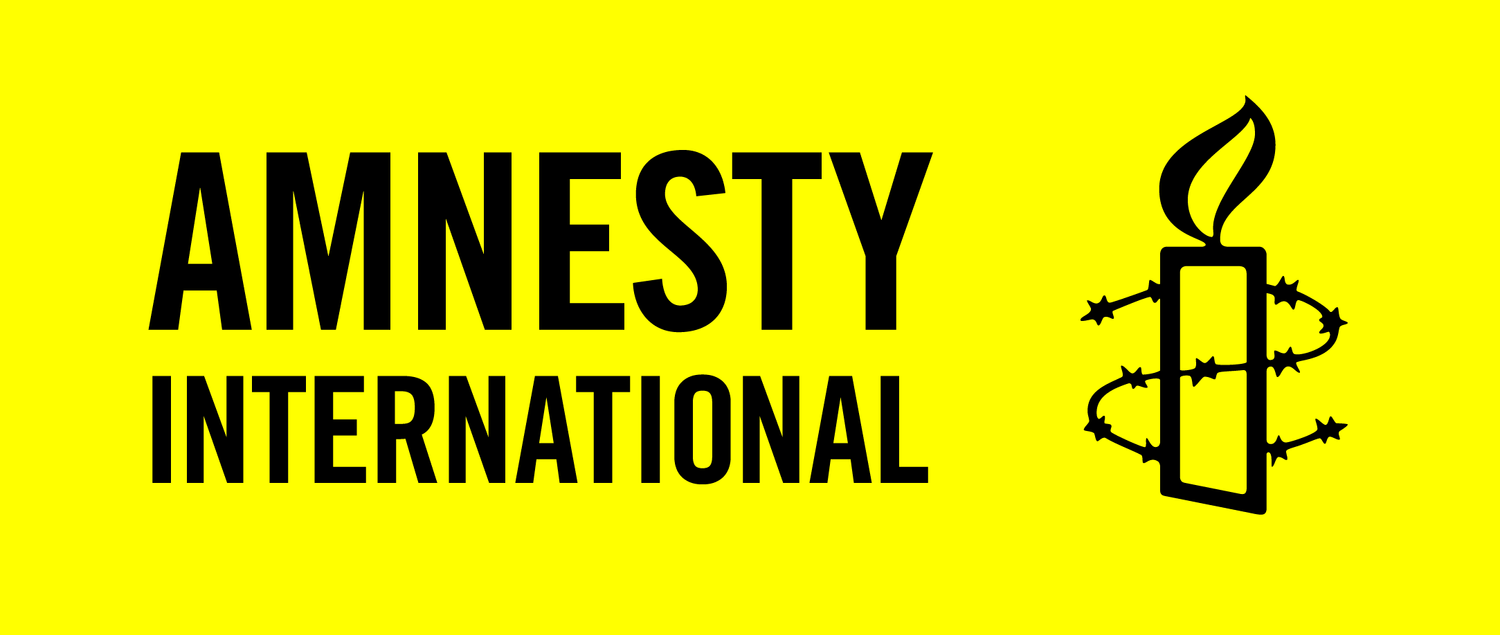Diversity and inclusion are two of the movement’s core values. In 2011, the movement agreed to a Road Map for Diversity and Gender Action Plan, stating that
“As a global human rights organization, Amnesty International must be truly global in its reach, relevance, identity and perspective. It must manifest the universality of human rights in the range and diversity of people with whom it engages – internally and externally – as an essential step towards greater effectiveness for human rights and towards a more vibrant, inclusive and truly global human rights movement".
In this context, our leaders need to reflect competencies in and awareness of diversity and inclusion to fulfil our 2011 pledge. Furthermore, our Core Standards (Number 11b, 13b, 16a & 19) also cover mandatory policy and governance responsibilities regarding diversity and inclusion for the AI movement.
But the drivers for creating a truly diverse and inclusive Amnesty International Movement go well beyond policy obligations and pledges. Building a diverse movement and creating an inclusive culture are key to ensuring that Amnesty International achieves human rights impact.
In fact, over the last 25 years research has shown that diversity and inclusion are drivers of high-performing organisations (Roberge, M 2013; Thomas, D and Robin E 2002; Deloitte 2012). This research shows that diversity brings numerous benefits to an organisation – different viewpoints and perspectives enhance creativity, introduce new ways of working and create more adaptable organisations. Specifically, one study linked diversity to “flexibility, organisational growth and [the ability to] adjust to rapid changes” (Roberge, M 2013). These are critical capacities in our human rights work.
Diversity is leveraged through inclusion – the extent to which individuals within an organisation feel safe and able to contribute. It is not enough to have different identities represented within the organisation. Each individual’s participation and inclusion is essential to maximize the value of diversity and minimize associated risks. And leadership is essential in ensuring that the organisation becomes diverse and inclusive. Research in this area links higher performance with inclusive or transformational leadership skills and approaches (Deloitte, 2012).
The table below mentions elements to consider in order to develop inclusive leadership approaches. For more information about these elements, please see the article Transformational Leadership or speak to your Regional Capacity Building Coordinator.
Inclusive leaders would:
As a global movement fighting for human rights we embrace diversity and promote inclusion in our organisation, recognising that this brings a diversity of skills and experiences thus enhancing our capacity to deliver on our goals. Every leader in the movement is called upon to deliver on these commitments.
The Resources tab in this article offer guidelines developed by Amnesty International as well as practical tools to think about diversity and inclusion.
Moreover, through the Movement Building Programme, your Regional Capacity Building Coordinator and the Conflict Advisor, who has skills and expertise working with difference can also provide support on:
Advising on good practice and Amnesty guidelines.
Connecting you to other entities who may be able to provide advice or support.
Reviewing and advising on key documents about inclusion and diversity.
Providing advice and guidance on building a more inclusive Amnesty entity
Developing inclusive leadership skills and capabilities
See Resources for useful resources about Diversity & Inclusion













